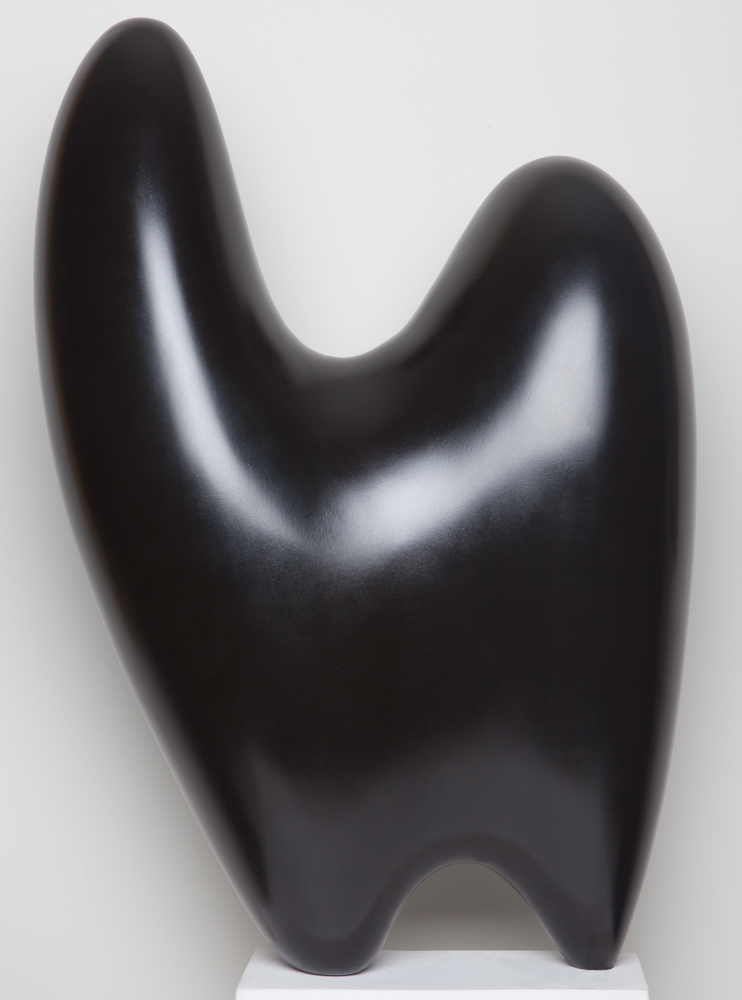Francisco Narváez began his education at his father’s workshop and continued it at the Academia de Bellas Artes in Caracas (1922-1928) and the Académie Julian in Paris (1928-1931). Returning to Caracas, he began to search for a sculptural form that could integrate Venezuelan subjects and modern expression, thus placing himself as a leading figure of the criollista movement. His works were characterized by vernacular motifs and sensuality of form and volume. Several of them were designed for public places, including the fountains at the Parque Carabobo (1933) and the Plaza O’ Leary (Las Toninas, 1943) in Caracas, as well as the great wood statues he produced for the World’s Fair (1939) in New York, today they are displayed at the Liceo Fermín Toro and the Liceo Andrés Bello, in Caracas. In 1941, Narváez received the Premio Nacional de Escultura, and, in 1948, the Premio Nacional de Pintura. This established him as a leader of modernism in Venezuela. Beginning in 1949, he participated in Carlos Raul Villanueva’s project at the Ciudad Universitaria de Caracas. The monumental stone statue El atleta, located in the Olympic Stadium, 1951, marked the culmination of this creative period.
Narváez embarked on a new direction known as “new forms,” represented at the Ciudad Universitaria de Caracas by the bronze sculpture called La Cultura (1954) and in the works included in the exhibition Formas nuevas y Raices (Sala Mendoza, Caracas, 1956-1957). Anecdotal content tended to disappear while the human figure became more streamlined and the precision of its depiction diminished although vague references to its anatomy persist as his works approached organic abstraction. It was not, however, a linear evolution. Narváez approached and moved away time and time again from the abstract form, and in the most ambiguous territories, he produced the masterpieces of the period, among them the sculpture Figura Acéfala (1966).
In the series Ochavados, presented at the exhibition Maderas y piedras ochavadas (Sala Mendoza, 1970), the figure was represented in a simple way and the material gained importance. Convinced that the action of carving and the use of certain materials created their own speech, Narváez adopted abstraction. Thus began his work called “volumes,” in which he used large blocks of heavy material that took on the appearance of ancestral monoliths. At this time, he also reproduced in bronze some of his abstract stone and wood pieces. As the media changed the works became something akin to conceptual art. His last great sculptures for public spaces were El Gran Volumen/ Energía (Amuay, 1981) and Armonía de volúmenes y espacios (Estación La Hoyada, Metro de Caracas, 1982).
In 2005, on the occasion of the centenary of Narváez’s birth, the Galería de Arte Nacional de Caracas presented an exhibition dedicated to the first stage of his career, titled Francisco Narváez. Figuración y expresión (1930-1950). En el centenario de su nacimiento.
